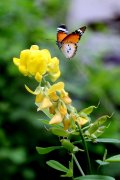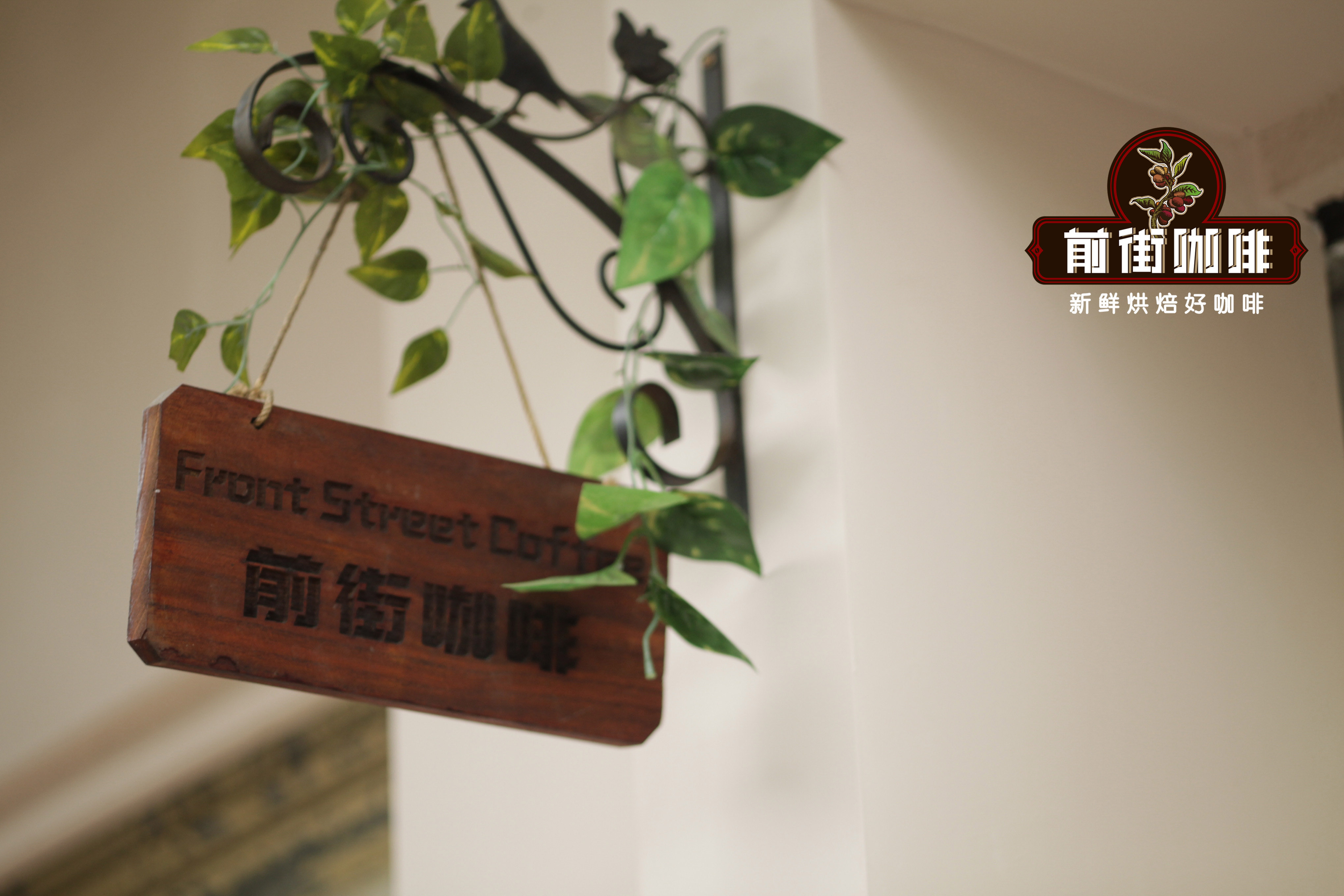Description method of planting Flavor and taste of Bourbon Pacas Coffee
Pacas (Pacas) is a natural variant of bourbon, similar to Kaddura of Brazil (Cuturrra) and Villa Sacrhi of Costa Rica. Like other bourbon variants that have been widely planted, Pacas is a new variety formed by a single gene mutation, which gives Pacas a crucial characteristic: the plant can be planted more densely, which ultimately reflects a higher unit yield.
Pacas was first discovered by the Pacas family in El Salvador's Santa Ana producing area in 1949. Fernando Alberto Pacas Figuero found some different morphological plants on his family's own estate, Finca San Rafael, and then he began collecting seeds and breeding, and later developed the Pacas "Pioneer Nursery" of about 3pm 4 hectares.
In 1956, Francisco de Sola and Fernando's son, Fernando Alberto Pacas Trujillo, began to study the Pacas variety with the help of Florida professor William Cogwill. They compared the bourbon species of San Ramon with an "unknown" new variety, and this "unknown" variety showed completely different characteristics, plant morphology was also different from bourbon, with shorter node spacing and larger fruiting area, and finally. They named the variety "Pacas" (Pacas).
The following is from Fernando AlfredoPacas Trujillo's diary written on April 22, 1974:
"in 1905, my father Fernando Alberto Pacas Figuero basically planted" Volkswagen varieties "on his estate, which is also a common phenomenon in Santa Ana producing areas. Curiosity drove him to explore other varieties, such as Maragojipe and San Ram ó n bourbon. Then he stumbled upon some different plants in one of our estates, Finca San Rafael, and he collected the seeds of these plants and planted them in the nursery.
When the plants grew up, their father opened up a special planting area for them in Finca San Rafael. The annual output of raw beans of this tree species is about 80-100QQ. Therefore, my brother and I call these tree species "San Ramon bourbon hybrids".
In 1956, Francisco de Sola mentor visited our estate, and I told him about the outstanding yield of this "San Ramon bourbon hybrid"; Francisco de Sola insisted on seeing the plants, and then we noticed that this tree species was very different from the general bourbon variety.
After that visit, Francisco's tutor urged us to study it, so we contacted Dr. William Cogwill of the University of Florida. Later, he also went to El Salvador to visit Finca San Rafael Manor, where he collected some plants and returned to the University of Florida for further research.
According to Dr Cogwill, this is undoubtedly a new coffee tree species, which can be roughly judged to be caused by a single gene mutation. After comparing it with the San Ramon bourbon species, he summarized the following points:
1. Shorter branch pitch
two。 Larger fruit-producing area
3. The plant is larger; the Pacas planted later should be a dwarf variety selected by horticulture, so when Pacas is generally introduced, it is said that Pacas's plant is smaller than the average bourbon species.
Based on these experiences, the new variety, named Pacas Pacas, is now widely grown in El Salvador, as well as in other Latin American countries, Africa, the Philippines and so on. Naturally grown Pacas plant, which is a variety that does not need frequent pruning
The following characteristics are summarized by Pacas's growers:
1. A very popular variety of stars
two。 Can be planted at different elevations and no shade is needed.
3. No need for frequent pruning
4. Good insect resistance, especially in the roots.
5. Good lodging resistance
6. It is not recommended to mix with other higher varieties because shading slows growth.
7. Manor planting above 5000 feet above sea level is not recommended. Although the harvest is good, the fruit ripens very slowly, and sometimes cherries are picked before they turn red.
Today, Pacas accounts for about 25% of El Salvador's coffee production, and the Pacas family continues their pursuit of boutique coffee in constant innovation, dedication and humanistic care. Maria Pacas Martinez, the fifth generation heir of the Pacas family, will focus on improving the living conditions of the people in the community and training practitioners to continue the coffee spirit of the Pacas family, while the breed of Pacas has also brought more descendants of good blood to the world. I believe that the name "Pacas" will bring us more surprises in the near future.

Important Notice :
前街咖啡 FrontStreet Coffee has moved to new addredd:
FrontStreet Coffee Address: 315,Donghua East Road,GuangZhou
Tel:020 38364473
- Prev

Description of taste, flavor and aroma of Papua New Guinea Paradise Bird Coffee
Papua New Guinea (PNG) in addition to Sigri Manor, there are some good farms or estates to be recommended, which is also the reason for the introduction of Paraka Manor; Sigri has strong funds, foreign coffee shows are easy to see her booth, coupled with the famous Europe, the United States, Asia, she has established the conditions of an internationally famous manor, but other PNG domestic manors are not so lucky, mainly because
- Next

The difference between Yunnan Ironpika Coffee Bean and Katim Flavor in Typica
Yunnan small-grain coffee Yunnan small-grain coffee, Rubiaceae, coffee genus, the planting area is mainly distributed in Lincang, Baoshan, Simao, Xishuangbanna, Dehong and other states. Small grains of coffee are native to Ethiopia or Arabian Peninsula. The main producing area of small grain coffee is suitable to grow in the mountains with an altitude of 800 to 1800 meters above sea level, if the altitude is too high.
Related
- Detailed explanation of Jadeite planting Land in Panamanian Jadeite Manor introduction to the grading system of Jadeite competitive bidding, Red bid, Green bid and Rose Summer
- Story of Coffee planting in Brenka region of Costa Rica Stonehenge Manor anaerobic heavy honey treatment of flavor mouth
- What's on the barrel of Blue Mountain Coffee beans?
- Can American coffee also pull flowers? How to use hot American style to pull out a good-looking pattern?
- Can you make a cold extract with coffee beans? What is the right proportion for cold-extracted coffee formula?
- Indonesian PWN Gold Mandrine Coffee Origin Features Flavor How to Chong? Mandolin coffee is American.
- A brief introduction to the flavor characteristics of Brazilian yellow bourbon coffee beans
- What is the effect of different water quality on the flavor of cold-extracted coffee? What kind of water is best for brewing coffee?
- Why do you think of Rose Summer whenever you mention Panamanian coffee?
- Introduction to the characteristics of authentic blue mountain coffee bean producing areas? What is the CIB Coffee Authority in Jamaica?

